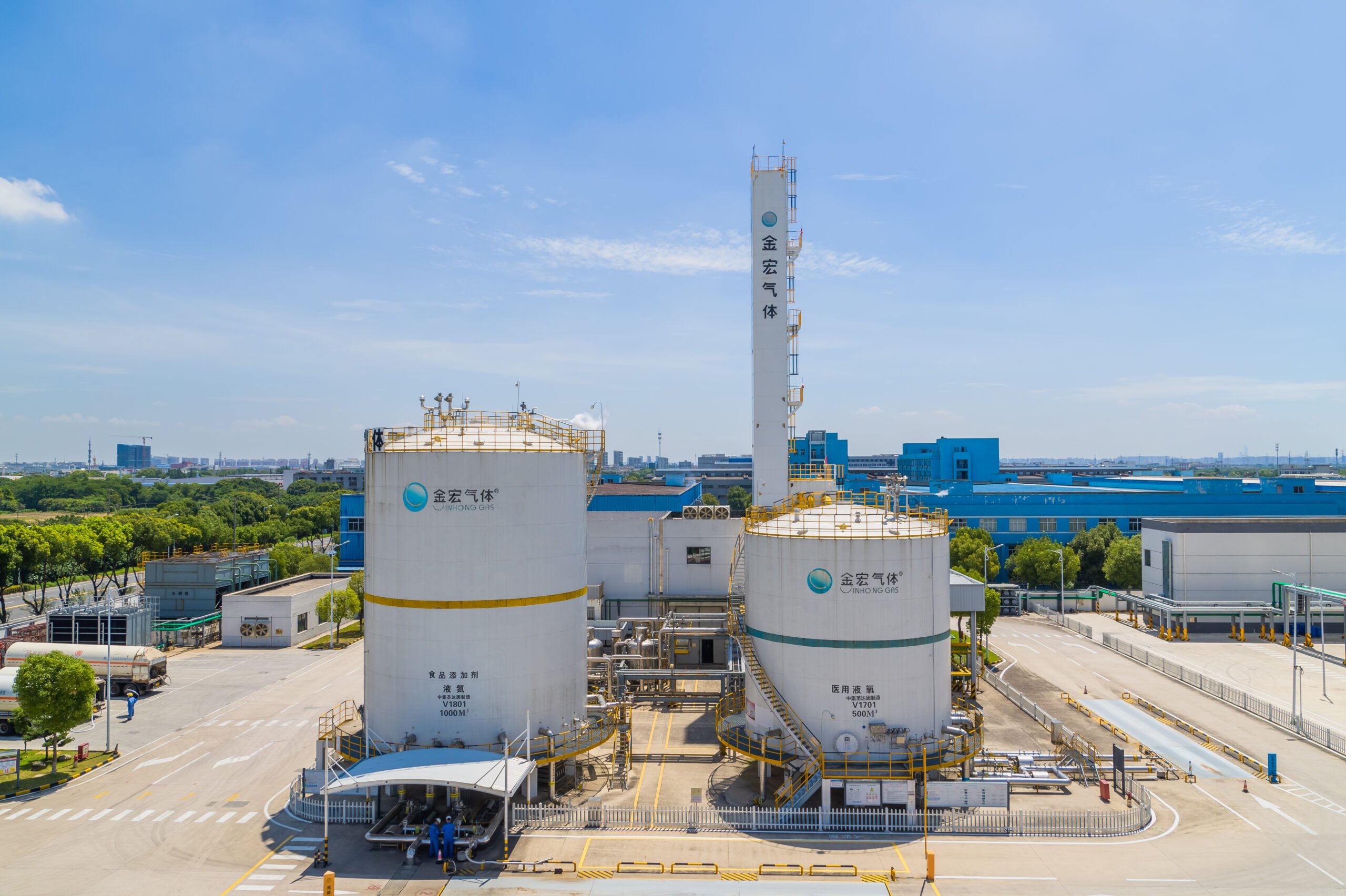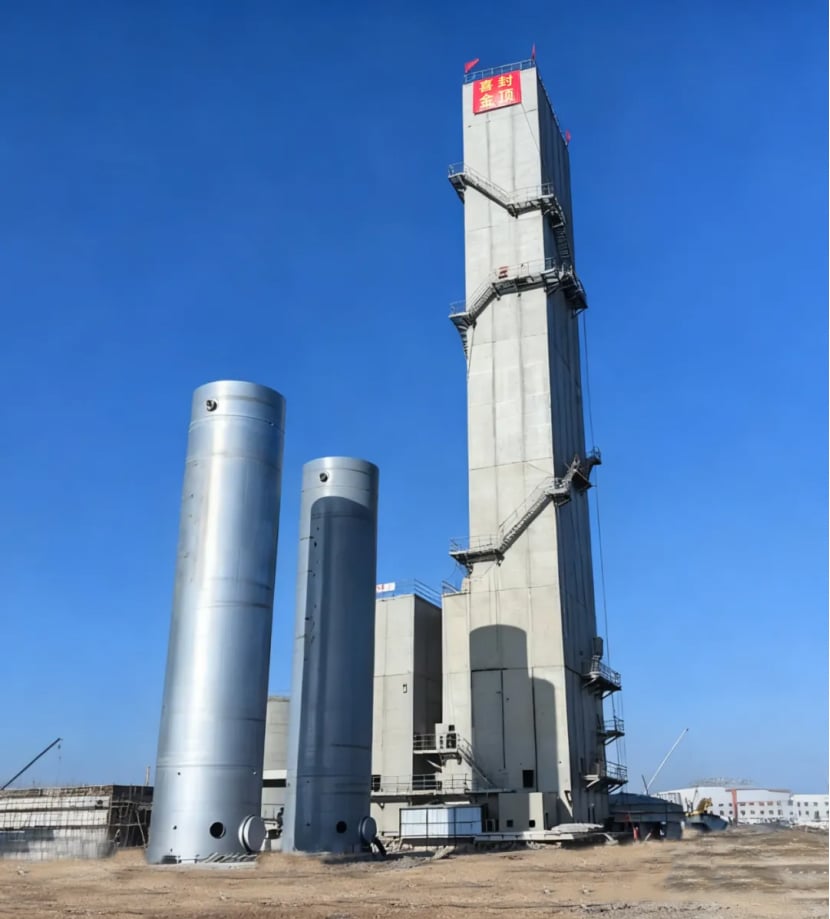I. The mechanism of action of argon as a shielding gas
Argon (Ar) is the third most abundant gas in the air (accounting for about 0.93%), and its inert characteristics make it an ideal shielding gas. The main functions include:
- Isolation of oxygen and nitrogen: At high temperatures or chemical reactions, argon can form a physical barrier to prevent materials from contacting the air, avoiding oxidation (such as the formation of oxides during metal welding) or nitridation (such as titanium alloy processing).
- Stabilizing the process environment: Argon has a higher density than air (1.784 g/L, 1.38 times that of standard air), which can effectively cover the working area and reduce airflow interference. For example, maintaining arc stability in arc welding.
- No risk of side reactions: Argon does not react with most substances, and is particularly suitable for high-purity material processing, such as semiconductor silicon crystal growth (purity must reach more than 99.999%).
- Core application areas of argon
(I) Industrial welding and cutting
Argon is the main shielding gas for TIG welding (tungsten inert gas shielded welding) and MIG welding (metal inert gas shielded welding), and can be used to weld highly active metals such as stainless steel and aluminum alloys. For example, the welding of aluminum alloy parts of spacecraft requires argon purity ≥ 99.996%.
(II) Metal smelting and heat treatment
- Special steel smelting: In the argon oxygen decarburization method (AOD), argon dilutes oxygen to accurately control the carbon content and produce ultra-low carbon stainless steel (the carbon content can be reduced to below 0.03%).
- Titanium alloy processing: Titanium is easy to react with nitrogen at high temperatures, and argon protection can prevent material embrittlement.
(III) Semiconductor and electronic manufacturing
- Single crystal silicon growth: Argon is used as a carrier gas to prevent silicon melt contamination, and the wafer diameter can reach 300mm (refer to the “Semiconductor Materials Handbook”).
- Sputtering coating: When argon ions bombard the target, the argon environment ensures the uniformity of the film and is used in the production of OLED screens.
(IV) Food and medicine
- Food packaging: Argon replaces oxygen to extend the shelf life, such as potato chips filled with nitrogen-argon mixture (oxygen content <1%).
- Medical laser: Argon ion lasers are used in ophthalmic surgery, and the wavelength of 488nm can accurately coagulate retinal blood vessels.
(V) Other emerging applications
- 3D printing: In selective laser melting (SLM) technology, argon protects metal powders and reduces porosity (density is increased to more than 99.5%).
- Nuclear industry: Argon is used as a coolant and cover gas to prevent uranium fuel oxidation.
III. Technology trends and challenges
In the future, argon applications will develop towards high purity (≥99.9999%) and recycling, but cost control remains a difficulty. For example, the price of semiconductor-grade argon is about 3-5 times that of industrial-grade argon (data source: Linde Gas report). In addition, innovative solutions such as helium-argon mixed gas may further expand application scenarios.



